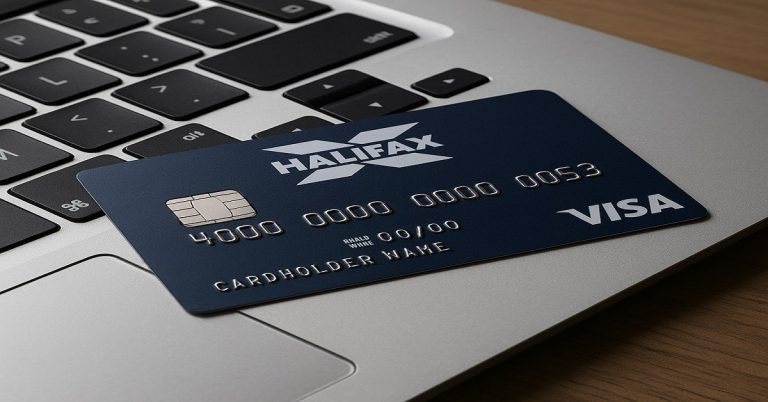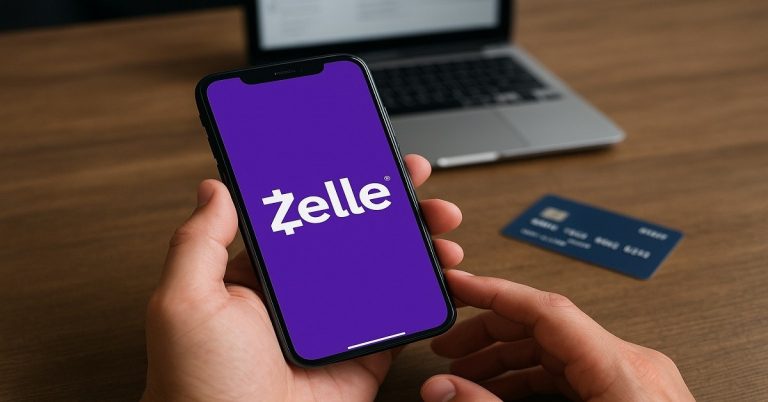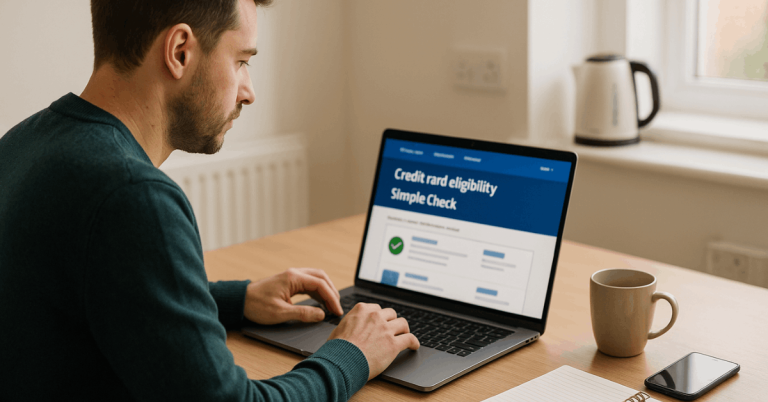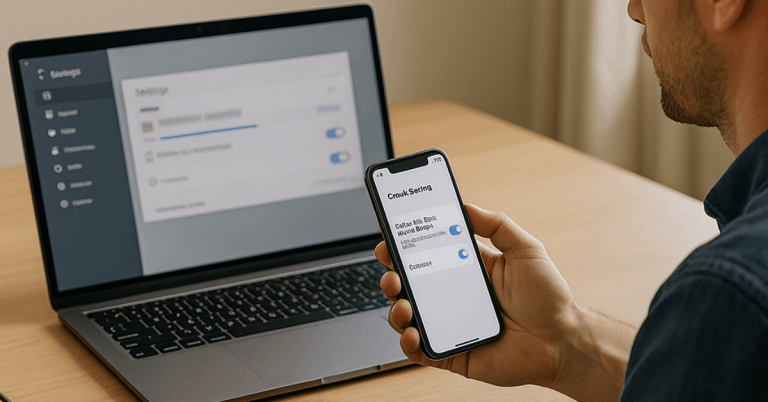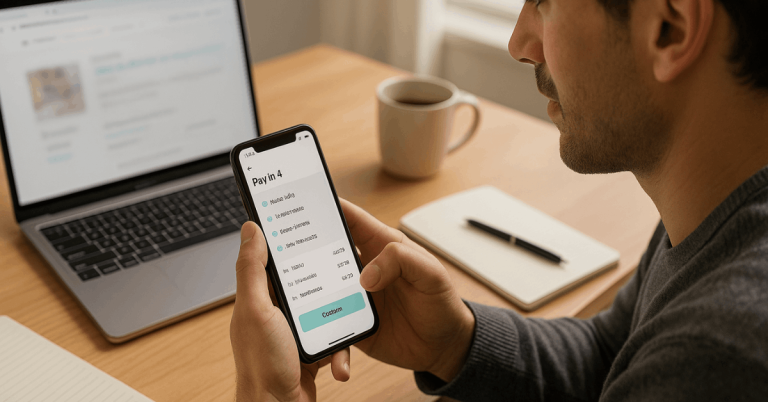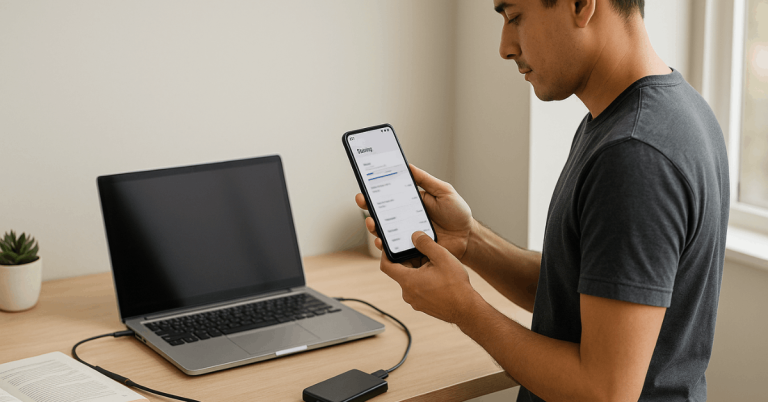Strong passwords protect your data, money, and identity. If someone guesses or steals your password, they can lock you out of your own accounts.
You avoid many basic attacks when you create strong passwords and use a few extra tools.
You do not need to be a technical expert to do this well.
Why Learn to Create Strong Passwords Matters
If attackers get into your email, they can reset logins for other accounts and take over more of your digital life.
There are now huge databases of stolen usernames and passwords circulating online.
If you reuse the same password, one leak can put many of your accounts at risk.
Your goal is to use passwords that are long, unique, and hard to guess, even with these tools.
Hacker Habits
Hackers use automated tools to try millions of password combinations very quickly.
They start with common passwords such as “123456”, “password”, or simple patterns.
They also try passwords made from personal details like names, birthdays, and sports teams.
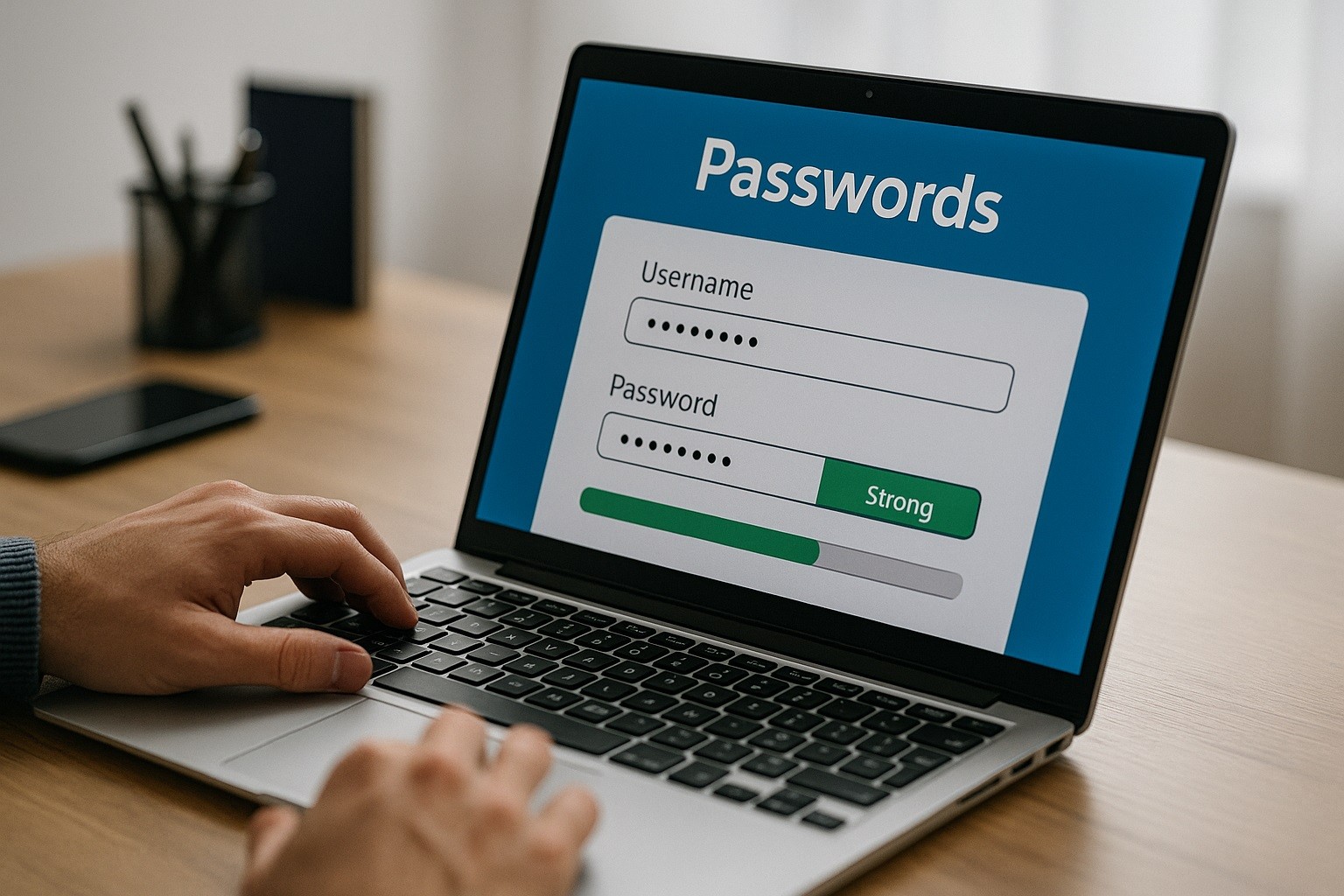
What Makes a Strong Password
Modern security guidance focuses more on length than on strange rules.
Eight characters is the bare minimum, but you should aim for at least 14–16 characters on important accounts.
Many security experts now recommend long passwords or passphrases for your main email, banking, and primary devices.
Individuality
You also need each password to be unique. You should not reuse the same password on different websites.
If one site gets hacked, you want the damage to stop there. A password manager can help you handle this without needing to memorize everything.
You can still mix upper and lower case letters, numbers, and symbols, but you should not rely only on small “tricks” like replacing letters with numbers.
Use Passphrases Instead of Short Passwords
Passphrases are longer strings of words that you can remember more easily. They give you length without making your life too hard.
You can pick random words or create a sentence that is not clearly tied to your real life. This approach is simple and strong for most users.
Good passphrases usually use 5–7 unrelated words and avoid personal details such as your name, children’s names, city, or birthday.
You can add numbers or symbols between words if a site forces more complexity.
The main strength still comes from avoiding obvious patterns.
Use a Password Manager
You cannot safely remember dozens of long, unique passwords on your own.
A password manager stores them in an encrypted vault and fills them in for you. They also help to create strong passwords.
You only need to remember one strong master password or use biometrics to unlock it.
This makes strong password habits realistic in daily life.
Choose a reputable password manager with a proven security history.
- 1Password – Paid password manager known for its simple apps, strong encryption, and features like Travel Mode and secure password sharing.
- Bitwarden – Open-source manager with a generous free plan, browser extensions, and mobile apps. Good balance of cost and security.
- Dashlane – Password manager with a clean interface, VPN in some plans, and breach alerts.
Features
Automatic generation of strong passwords. Sync across your phone, tablet, and computer.
Alerts when a website you use appears in a data breach.
Use your password manager to create random, long passwords for every new account.
Over time, update old weak passwords when you log in.
Turn On Multi-Factor Authentication and Passkeys
Multi-factor authentication (MFA) adds an extra step to your login, such as a code generated by an app or a physical security key.
You should turn on MFA for your email, banking, social media, and cloud storage.
This blocks many attacks even if your password leaks.
When possible, you should prefer authenticator apps or hardware keys over SMS codes, easily intercepted or taken over by attackers.
Some services now offer passkeys, which let you log in with your device instead of typing a password.
How Often You Should Change Passwords
Old advice said you should change your password every few months. Modern guidance no longer suggests frequent, forced changes for most users.
When you change passwords all the time, you may fall back on weak patterns that are easy to guess.
It is better to create strong passwords and keep them, unless you see a clear reason to change.
You must change your password immediately if:
- A service reports a data breach involving user accounts.
- You see logins from unknown locations or devices.
- You think someone has seen or recorded your password.
In those cases, change the password to a new, unique one and log out all active sessions if the site allows it.
Update your password manager so it stores the new version, and keep MFA turned on.
Protect Your Passwords from Phishing and Malware
Many attacks do not try to guess your password. They try to trick you into handing it over.
Phishing emails, fake login pages, and scam messages are still very common. You have to be careful each time you type your credentials.
You should always check the website address (URL) before you log in and avoid clicking login links in unexpected emails or messages.
Type the site address yourself or use a saved bookmark for important services, and keep your operating system, browser, and apps updated.
Reputable security solution
If you suspect that malware has infected your device, run a full scan.
Then change important passwords from a clean device.
Review recent logins on your main accounts and sign out of devices you do not recognize.
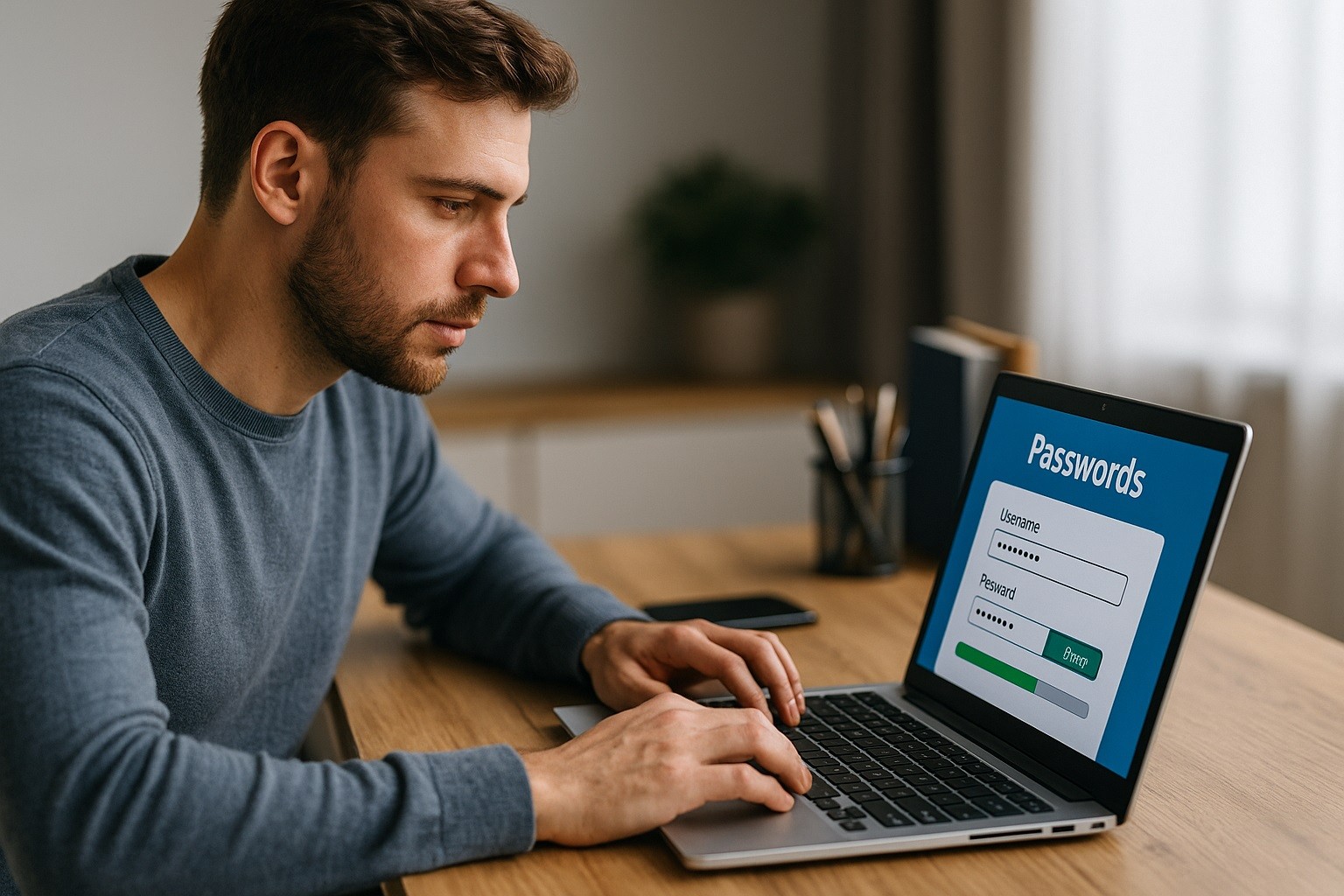
What To Do After a Breach or Leak
When a company announces a breach, do not ignore it. Change the password for that service as soon as possible.
If you reused that password on other sites, change those as well. Turn on MFA on any affected accounts that did not have it.
You can also use trusted breach-checking services that tell you if your email appears in known leaks.
If your email shows up, treat any related passwords as unsafe. Replace them with unique, strong passwords stored in your password manager.
Simple Action Plan You Can Start Today
You do not have to fix everything in one day. You can improve your security with a few clear steps.
Use this simple plan as a checklist and move through it at your own pace to create strong passwords.
- Choose one trusted password manager and create a strong master passphrase for it.
- Turn on multi-factor authentication or passkeys for your main email, cloud storage, banking, and social accounts.
- For your most important accounts, change your passwords to 14–16+ character passphrases that are unique.
- Stop reusing passwords; let your password manager generate new ones as you go.
- Pay attention to breach notifications from services you use and act quickly when they appear.
Conclusion
If you follow these steps, you make it much harder for attackers to break into your accounts.
You protect your money, your identity, and your daily tools with habits that you can maintain.
You stay in control of your online life instead of leaving it to chance.

